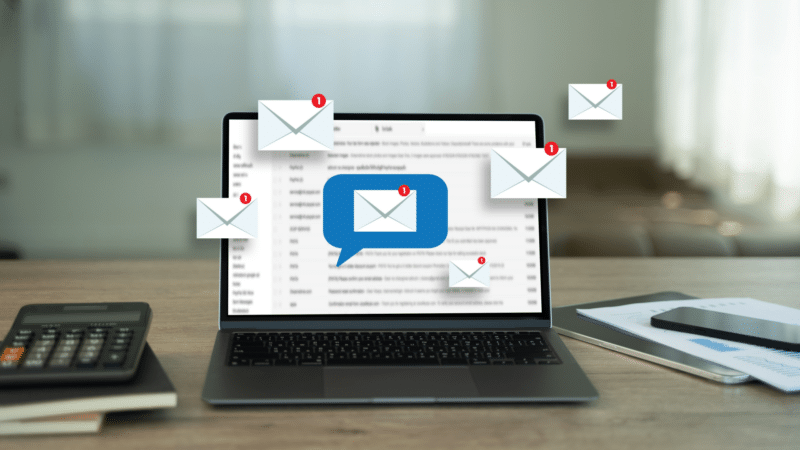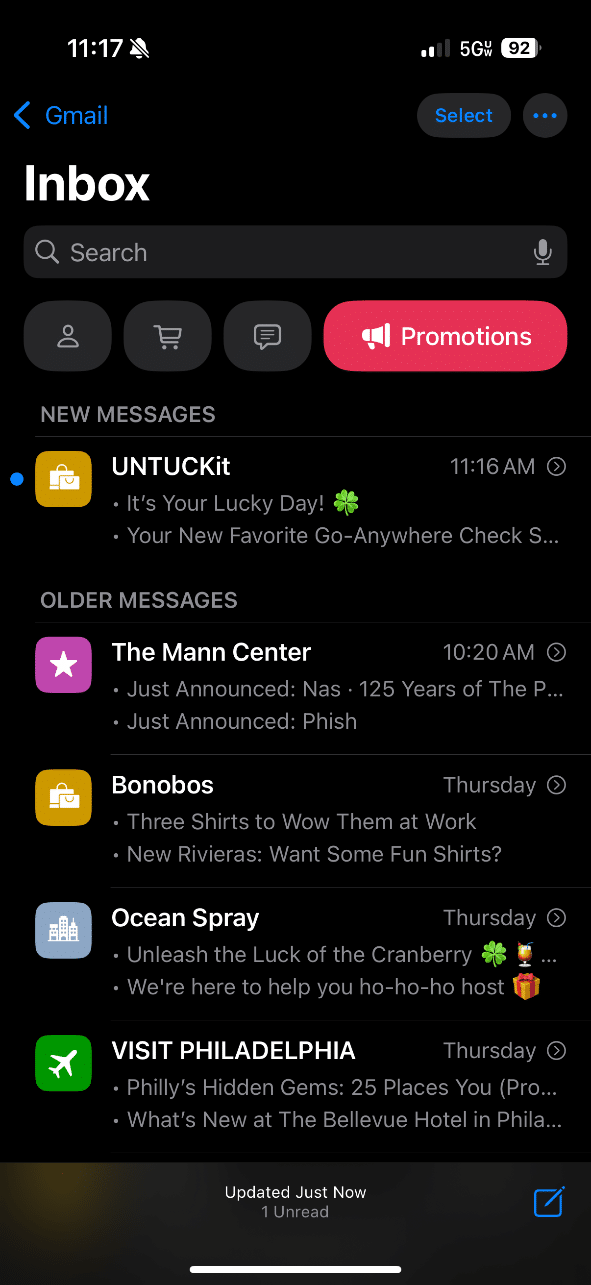
Google’s year-old spam limit and Apple’s iOS are causing significant problems for email marketing
SMB or enterprise, CPG or B2B — brands of all sizes and verticals are still struggling to get under Gmail’s spam thresholds. It’s not for lack of trying, either. Apple’s iOS 15 and iOS 18 updates have complicated the email picture, making analytical insights and subsequent solutions difficult to pinpoint.
Here are the problems we’re seeing and what brands can do to improve deliverability and avoid spam folders.
What we’re seeing in email campaigns
Over the last year, I’ve seen some common (and damaging) trends among brands who engage our agency to improve their email performance.
- They have seen their engagement rates (open and click rates, especially) drop considerably. Their emails only show up in the inboxes of people already engaging with the brand. For most subscribers, the emails are getting flagged as spam.
- For many of these brands, this is the first time they have encountered this issue.
- For brands with a recent history of combatting spam labels, normal mitigation practices have either been unsuccessful or only effective in the short term.
Dig deeper: 3 keys for better email engagement in Gmail
What’s going on? The impact of iOS updates on email performance
Can a four-year-old “update” tank performance? The answer is yes — if the update is iOS 15 (and Mail Privacy Protection, or MPP).
Because iOS 15 thoroughly messed up the accuracy of open rates, Apple Mail users who opted into MPP were generally tracked as opening every email sent by brands they subscribed to. That meant brands got wildly inflated data on their loyal subscribers, many of whom had barely engaged. The upshot: brands segmenting by email open rates were setting those segments up to underperform — all the way to spam folders.
If that wasn’t enough, Apple introduced iOS 18 in September 2024 — and changes in the 18.2 version took a significant whack out of engagement rates. These changes include:
- The introduction of tabs to the inbox experience—Primary, Transactions, Updates, and Promotions—had a massive impact on email performance. Brands in our client portfolio saw almost all of their messages (aside from truly transactional ones) filtered into the Promotions tab.
- Grouping emails from the same sender together, forcing users to deal with previous emails when opening the most recent one, as in the screenshots below:


- Including subject lines of the same recent emails (and removing preview text altogether) in the Promotions tab.

- Replacing preview text with an Apple Intelligence summary in the “All Mail” tab.

The net impact of all this:
- More barriers to seeing the emails (since users must now navigate to the Promotions tab).
- Increased steps to viewing a specific email.
We know engagement has suffered even without the ability to accurately measure open rate, as discussed above.
Making matters worse, we expect the current adoption rate of iOS 18.2 and 18.3 (a combined 46.1%, according to Statcounter) to rise.
Dig deeper: Subscriber acquisition best practices following Gmail’s spam update
Where can brands go from here?
- Re-examine your segmentation strategy: Email opens over a long period is a faulty metric; brands must get more creative with audience rules to identify top engagers.
- Be far more restrictive with your audiences: The smaller and more precise the audiences brands send campaigns to, the lower the spam rate. Start small, get reliable data and results and expand gradually from there.
- Lean heavily into engagement-friendly techniques: Personalization, automated journeys, promo codes in subject lines, etc.
- Make sure you’re using live text in your emails: Don’t use static text in images, as the AI features Apple introduced in iOS 18.2 won’t read your content well otherwise.
- Review your content calendar periodically: Make sure you’re not stacking up a bunch of emails in the same inboxes in close succession.
Doing these should go a long way toward lowering your spam rate — but you’ll also want to stay on top of news and trends to update your approach as we go.
In closing
Email deliverability is more of an art than a science. Ensure your team maintains an open dialogue about strategies to stay out of the spam folder, and test initiatives that have proven effective for similar brands. Finally, stay tuned for more recommendations as best practices continue to evolve.
Dig deeper: Why bad business decisions can hurt email deliverability
The post Apple and Gmail make it harder for email campaigns to get to the inbox appeared first on MarTech.
